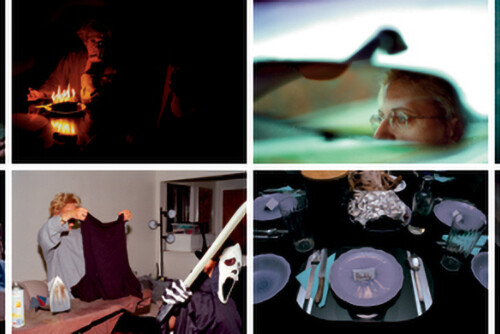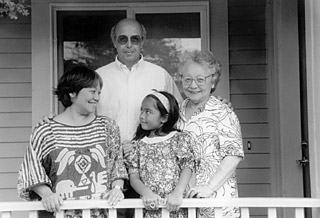Since my first encounter with a correctional facility more than twenty years ago, I have made numerous visits and spent thousands of hours in prisons and jails throughout the United States. As a personal visitor, a social worker developing programs, a researcher conducting studies, a prison and jail monitor and an invited guest of prison administration, my experiences have been diverse. Over the years, I have witnessed many changes.
The county jail that I toured most recently was far cleaner and appeared to be more orderly run than the site of my first correctional facility visit, a big city jail. The county jail was more family—and community—oriented, and program staff seemed genuinely interested in enhancing the post-release success of the prisoners who were housed there. In addition to vocational training, college courses, and religious programs, the jail had domestic violence prevention services, parenting classes and women’s support groups. The special visiting program for women and their young children, a rarity in jails years ago and a practice that is still scarce, was a source of pride. The program administrator indicated that he also wanted to develop programs for women returning home and their children, and he lamented the fact that it was very difficult to get participation from community agencies and academic institutions.
While there were clearly differences between this particular jail and the one I first visited many years ago, some things remained the same. Most of the persons incarcerated were male. The majority were African American or Latino and many were quite young. Jail data indicated that many had substance abuse problems, were poor at the time of their arrest, and needed education, job training, and job connections if they were to be successful upon release. Similar to national statistics, the majority were parents of dependent children.
The focus on security surrounding prison visits that was so visible to me at the big city jail was even more striking at the county jail. The conditions in the county jail’s regular visiting room were, in effect, harsher, more severe, and rather unusual. Instead of seating that would allow for quiet conversations, the chairs designated for visitors were located in rows several feet away and across from those designated for the prisoners they were visiting. At best, conversations between prisoners and their visitors were “open mike” since all around could hear what was being said. At worst, the din of noise created by the necessity of talking loudly made it nearly impossible to be understood. Staff explained that the seating arrangement was recent and was for “security” purposes. It no doubt served that purpose. For me, however, it was a powerful and poignant reminder of the many humiliating and humbling aspects involved in maintaining family and friendship ties during incarceration.
Observations from my most recent tour have been at the forefront of my thoughts in preparing this introduction. The importance of security in any correctional setting and the need for family-oriented principles to help guide decision-making loom large. Such principles would assure safety and security while also providing for more humane visiting environments, reasonable telephone rates, and other measures responsive to parents’ and children’s needs. I am not certain of specific strategies to bring about such a cultural shift, but see extensive involvement of community leaders and organizations concerned with children and families as critical. Indeed, a roundtable discussion with colleagues following the tour affirmed the importance of public education about the issues as we saw them, and community engagement to help make our system of justice both different and better.



